Beginners Guide to Modern Beekeeping
Beekeeping, also known as apiculture is the practice of keeping and breeding bees for honey and other products. An apiarist or a beekeeper is someone who keeps honey bees in order to harvest honey and other products such as royal jelly, propolis, beeswax, bee venom. A beekeeper might also be involved in offering crop pollination services, or breeding bees for sale to other beekeepers.
To be successful in beekeeping you need to understand everything about bees. In this beekeeping for beginners article, we will try to cover everything a beginner needs to know about beekeeping. From understanding the honey bee, the equipment needed, management activities to the business side of beekeeping.
History of beekeeping
Beekeeping has been practiced since time immemorial. Below are a few highlights.
- 10,000 years ago – There is recorded depictions of humans collecting honey
- 9,000 years ago – Beekeeping in pottery vessels in North Africa
- 4,500 years ago – Domestication of bees in Ancient Egypt. Use of simples hive and smoke. Honey stored in jars found in tombs of pharoahs.
- 7000 BCE – Traces of beeswax dating to this time found in broken pottery in the Middle East
- In prehistoric Greece, apiculture was considered as an important industry that was controlled by beekeeping overseers. Hives, honey extractors and smoking pots dating to this era have been discovered. In ancient Greece, Aristotle widely discussed beekeeping and the lives of bees.
- In the Jordan Valley, Israel, archaeologists have discovered unbaked clay and straw hives, arranged in rows, dating back to 900 BCE
- Writing from ancient Chinese writers, discussing wooden boxes for beekeeping and how the quality of the boxes affects the honey, has been discovered.
- The ancient Mayans domesticated the stingless honeybee
- In the 18th century, European philosophers widely researched the honeybee and its behavior, including the anatomy of bees.
Major milestones in beekeeping
In the 19th and 20th centuries, researchers and inventors worked on perfecting the art of beekeeping and improving the commercial production of honey and beehive products. Some of the major milestones in beekeeping are:-
- Studies on the anatomy of the bee
Reaumur Antoine Ferchault studied the honeybee under a microscope and documented the anatomy of the honeybee
- Honey bee behavioral studies
Francois Huber studied the behavior of the honeybee. One of his most important discoveries was that the queen in a honeybee colony mates outside the hive, up high in the sky, with multiple drones.
- Development of the Langstroth hive
Reverend Lorenzo Lorraine Langstroth developed the Langstroth hive. He used the studies of Francois Huber to practically implement the “bee space”, which is the spacing between frames.
The bee space is, spacing of between 5mm to 8mm, is the space between frames or between a frame and the walls of the hive, which allows bees to build honeycombs, without joining them to the comb or the wall of the hive.
This allows the beekeeper to inspect the hive, by removing single frames without destroying the eggs, comb, bees, larvae, and pupae. This also allowed for the extraction of honey from the combs, without destroying the comb. Langstroth documented his research in his book “The hive and the Honeybee” in 1853.
- “Fifty years among the bees” book by Cecil Miller
Cecil Miller, a commercial beekeeper, wrote the book “50 years among the bees”, which has widely influenced beekeeping and apiary management practices
- Development of the Kenya Topbar Hive
Based on research by Dr. Isaac Kirea Kigatira, the Kenya top-bar hive was developed by Dr. Maurice Smith and Dr. Gordon Townsend from the University of Guelph in Canada.
The top bar hive beats all the other topbar hives in terms of production and ease of management
- The invention of the bee smoker
The bee smoker was invented by Moses Quinby, allowing beekeepers to inspect hives and harvest honey safely.
- Development of beekeeping clothing and equipment
Walter Kelly improved the design of beekeeping clothing and equipment
- Development of the centrifugal honey extractor
Franz Hruschka invented the centrifugal honey extractor, allowing the honey to be harvested from the frames without destroying the comb. The comb is then returned to the hive, saving the time taken by bees to develop the comb.
Importance of beekeeping
Beekeeping has several advantages. Some of these include:-
- Bees help produce our food.
It is estimated that two-thirds of the food we produce is a result of pollination of food crops by bees.
- Little land required.
50 colonies require 0.25 acres. The land does not need to be fertile or useful
- Beekeeping products have therapeutic properties (Apitherapy)
Bee products provide more than just food and non-food products. There is a whole branch of alternative medicine that uses bee products (honey, pollen, propolis, royal jelly, and bee venom) for healing.
- Low capital requirements as compared to other farming activities.
Beekeeping has a low capital requirement and the initial investment can be used for decades. For example, a Langstroth hive made from pine is estimated to last 15 years.
- Beekeeping will not compete for resources with other farming activities.
Bees will not compete for resources with other farm animals or crops. They forage for nectar and pollen far and wide. This has been estimated to between 3.2 km to 5 km radius.
In fact, bees help complement resources for other farm animals. For example, bees will help pollinate alfalfa, which is used to feed cows.
- Beekeeping required less labour.
Bees are independent and do not need daily supervision. Apart from routine checks to check on the health of the colony, bees love being left alone to do their thing.
- Beekeeping produces multiple products i.e honey, beeswax, royal jelly, bee venom, bee colonies, bee brood, queen bees and package bees making beekeeping a profitable venture.
- Bees are good pollinators, hence beekeeping is beneficial to other crops on the farm.
Beekeeping Products
Beekeeping products, also known as hive products or bee products are divided into two categories, human consumable bee products, and products that cannot be consumed by humans. Beekeeping products include honey, beeswax, propolis, royal jelly, pollen, bee venom, brood, bee bread, and bee colonies
Honey
Honey, the most common bee product, is a sweet substance produced by honeybees from the nectar of flowers or secretions of living parts of plants. Honey stored in honeycombs. Nectar is an aqueous sugar-containing secretion. It is the raw material for honey.
Physical Properties of honey
The color of honey ranges from light amber, amber, dark amber, dark to light yellow, or white. The color of honey depends on the source of nectar. The color of honey is measurements are based on the permanent glass colour stands or the Pfund colour grader.
Honey color according to Pfund Scale
- Water white – 8mm
- Extra white – 13mm
- White – 30mm
- Golden – 50mm
- Amber – 85mm
- Dark – over 85mm
Honey is highly hygroscopic (the ability of a substance to absorb moisture from the air).
Honey is highly viscous. Viscosity is the ability of a substance to resist flow.
Honey is relatively thixotropic, meaning it has a tendency to form a gel due to large amounts of certain proteins.
Honey is a bad conductor of heat.
Honey has a density of 1.39 to 1.4 grams per cubic centimetre at 20 degrees celsius
Honey has a sweet aroma and flavor
Honey crystallizes. It is normal for good quality to crystallize or granulate naturally upon storage. Crystallization of honey is affected by temperature, presence of foreign matter and the equilibrium between glucose and fructose sugars present in honey. In an ideal situation, the invert sugars in honey play a major role in that the equilibrium shifts from glucose to fructose, which is more stable. For this reason, crystallized honey has more glucose than fructose. For good quality honey, crystallization usually begins at the bottom of the container going upwards until the whole mass turns into one continuous solid. Crystallization in honey should as much as possible be uniform irrespective of the size of the crystals formed.
Chemical Composition of honey
The major component in honey is sugars, where the simple sugars (glucose and fructose) are dominant. The complex sugars (lactose, maltose, sucrose) are in small quantities. Honey also contains water, vitamins, minerals, proteins, acids, and enzymes.
Beeswax
Beeswax is a thick fluid secreted by worker bees from the four pairs of wax glands on the ventral side of their abdomen. It is used to build nests, known as combs.
Physical properties of beeswax
- Colour: The colour of beeswax ranges from white, deep yellow, tan to brown. The colour of beeswas is determined by the colour of pollen, comb age, presence of propolis, metal discolouration and improper handling by the beekeeper.
- Density: 0.95 – 097
- Melting point: Pure beeswax has a melting point of between 62 – 65°C.
- Solubility: Beeswax is insoluble in water, slightly soluble in cold alcohol and completely soluble in fixed or volatile oils, chloroform, ether, benzene, and carbon disulfide.
- Odour and Taste: It has a honey-like odour and a faint characteristic taste.
Chemical of Composition of beeswax
Beeswax consists of:-
- hydrocarbons (14%)
- monoesters (35%)
- diesters (14%)
- triesters (3%)
- hydroxymonesters (4%)
- hydroxypolyesters (8%)
- free acids (12%)
- acid esters (1%)
- Acid polyesters (2%)
- free alcohols (1%)
- Unidentified substances including pigments and propolis (6%).
Propolis
Propolis is a sticky, gummy, resinous substance gathered by honeybees from the buds and bark of plants and trees. Bees use it for sealing, strengthening, lining and preserving material inside the hive and around it.
Physical Properties of propolis
-Colour: The colour ranges from yellowish-green, to reddish to dark brown.
-Taste: It is bitter in taste.
Chemical Composition of propolis
The chemical composition of propolis varies from sample to sample depending on the source. Propolis comprises of 50-55% resin, 10-15% volatile/essential oils, 30% beeswax and 5% pollen. Propolis also contains minerals, amino acids and bioflavonoid (biochemical responsible for the healing process). Bioflavonoid is said to stimulate the white blood cells or lymphocytes, to produce interferon whose role is enhancing the body’s resistance to virus infections.
Royal Jelly
Royal jelly is a creamy, white substance secreted from the hypopharyngeal and mandibular glands of young worker bees. It is used by the worker bees to feed the bee larvae and the queen.
Physical Properties of Royal Jelly
Royal jelly is milky white in color, has a bitter taste and as a slightly pungent odour.
Chemical Properties of Royal Jelly
Royal jelly contains high levels of protein, sugar, minerals, and vitamins (very rich in vitamin B5 – pantothenic acid). It also contains water. PH is above 3.6 – 3.8.
The average composition of royal jelly is as indicated.
- Water – 66%
- Protein – 15%
- Fat – 4%
- Sugar – 12%
- Ash minerals – 1%
- Unknown substances – 2%
Pollen
Pollen grains are small, male reproduction parts of plants. Pollen is formed in the anthers of flowering plants It is the main source of proteins, fats, and minerals in the honeybee diet.
Physical Properties of Pollen
The colour ranges from yellow, red to orange. It appears as fine grains/granules.
Chemical Composition of Pollen
Pollen comprises of 20-25% protein, 27% carbohydrates mostly simple sugars (fructose and glucose),
Vitamins, free amino acids, lipids, enzymes and co-enzymes, pigments: xanthophylls and carotene, water and minerals (potassium, calcium, iron, etc).
Bee Venom
Bee venom is the poison ejected from the poison sac of the bee sting when a bee stings. It is synthesized by the venom glands of worker and queen bees.
Physical Properties of Bee Venom
It is a clear liquid with a sharp bitter taste and aromatic odour.
Chemical Composition of Bee Venom
- Bee venom contains about 40% dry substance and hardens fast when in contact with the air.
- It contains water, peptides (mellitin – 50%, hyper and MCD (Mast cell degranulating peptides) apamine, histamine, dopamine and minimine.
- Enzymes: Phospholipases A and Hyaluronidase
- Phospholipases A splits lecithin – a phospholipid that is widely spread in the body, turning it into lysolecithin which degenerates cell membranes.
- Hyaluronidase splits the hyaluronic acid – a constituent element of the fundamental substance of the conjunctive tissue, thereby favouring the spread of the active factors of the bee venom throughout the body.
- Its specific gravity is 1.313 and pH = 4.5.
- Bee venom is destroyed by digesting and oxidizing enzymes, and is readily soluble in water and acids but is insoluble in alcohol.
Bee bread
This is the pollen collected by bees, preserved with honey and packed in cells of brood combs around the brood area to use when required by the bees.
Brood
Brood is the eggs and juvenile bees (larvae and pupae) from the worker, drone and queen castes in colonies. Bee brood has good natural nutritional value. Mature larvae have a fat content of 3.7% and a protein of 15.4%. Vitamins A and D are in abundance.
Bees
Colonies of Bees
A colony of bees consists of workers, drones, queen, honey, and pollen in a box. Selling bee colonies can be a source of income for beekeepers.
Package Bees
Package bees consist of worker bees and queen housed in a gauze cage. They are sold by weight. They should be well-balanced in age from nurse bees to old bees and a young queen so that they can establish a colony when placed on drawn combs.
We will be updating this article to include:-
- Challenges in beekeeping
- Cost-benefit analysis of beekeeping (Honey)
- The honeybee
- Honeybee castes
- Beekeeping equipment
- Bee plants and honey characteristics
- Apiaries and apiary management
Please sign up for our newsletter so as to get timely updates.

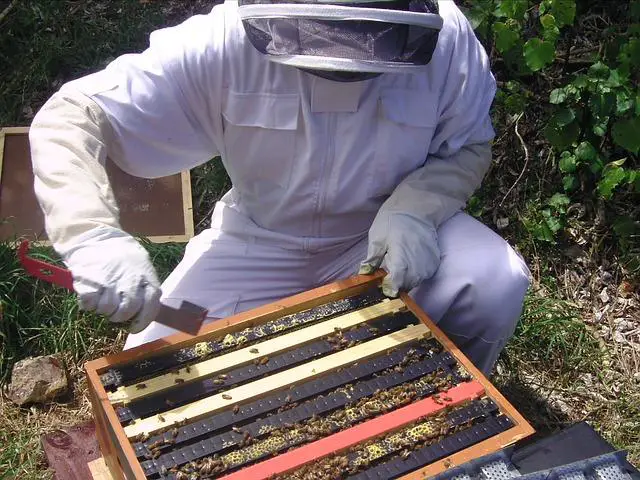
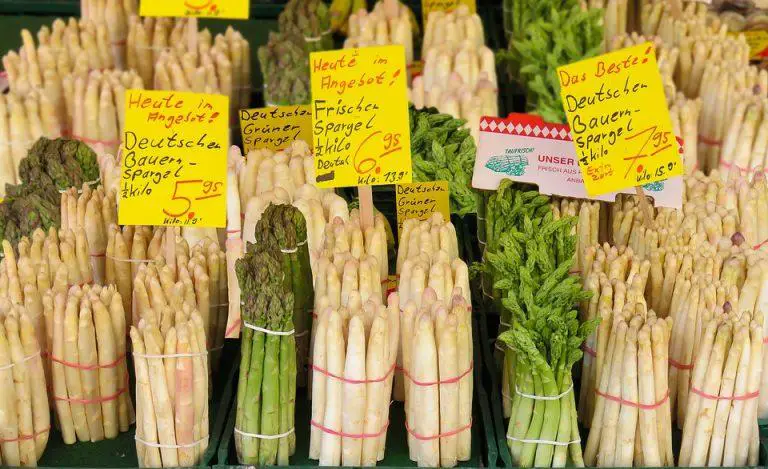
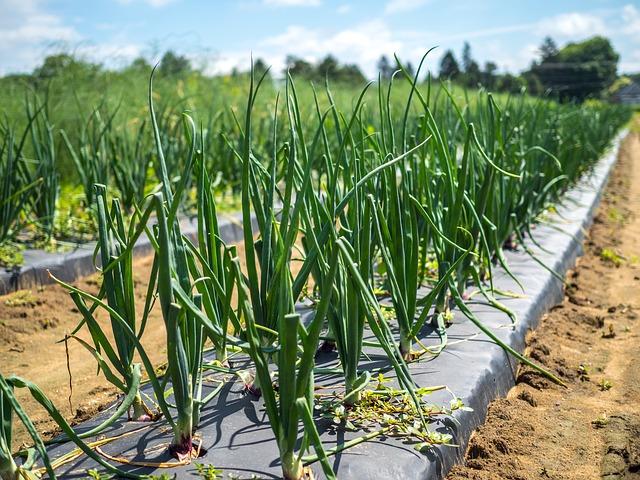
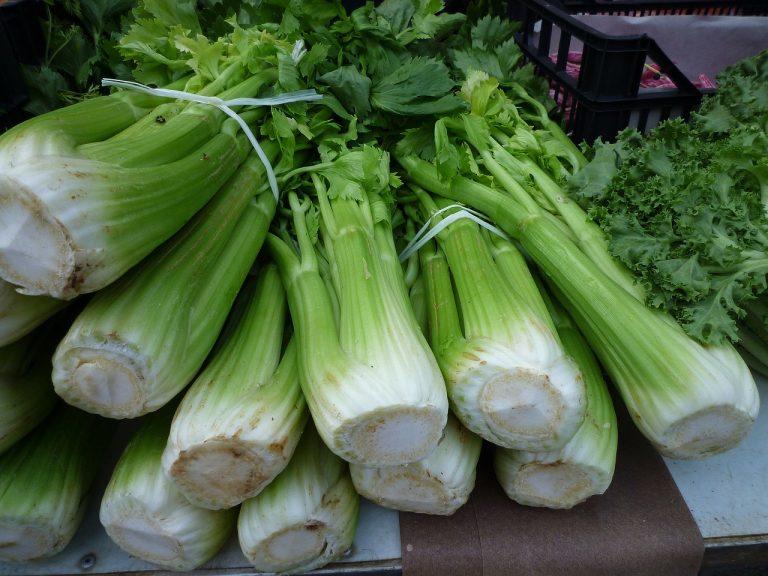
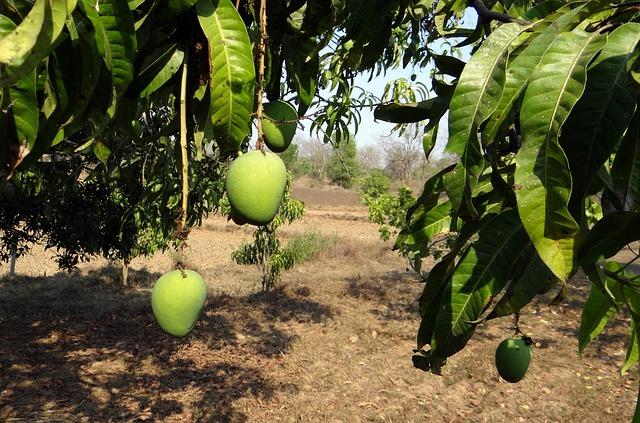
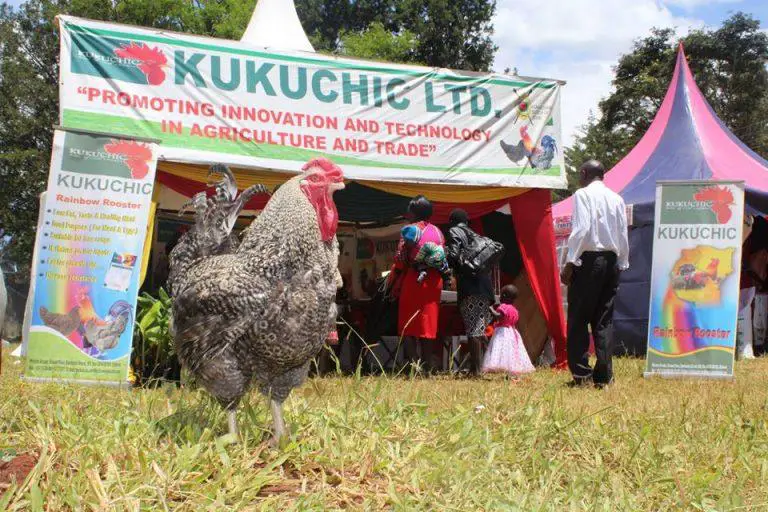
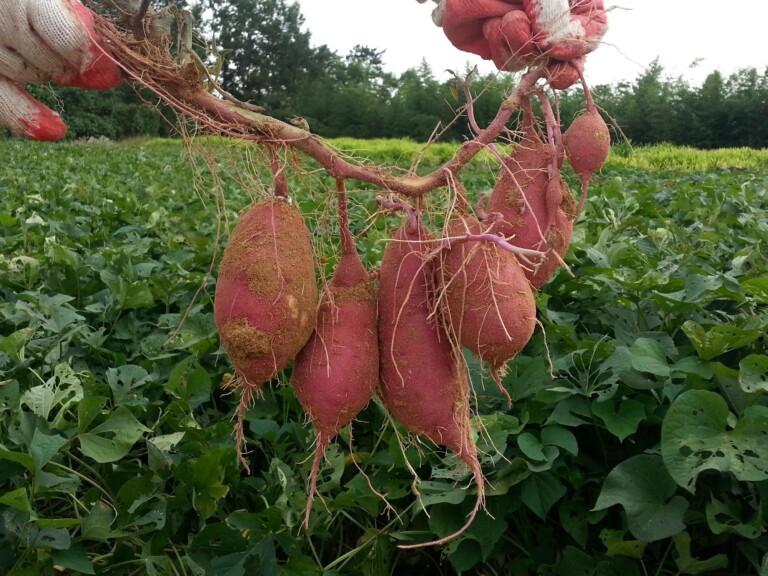
Good article, thanks
Good article, thanks
Good info,looking forward to…
Good info,looking forward to getting the subsequent posts.
This article is indeed…
This article is indeed useful to upgrading to contemporary apiculture